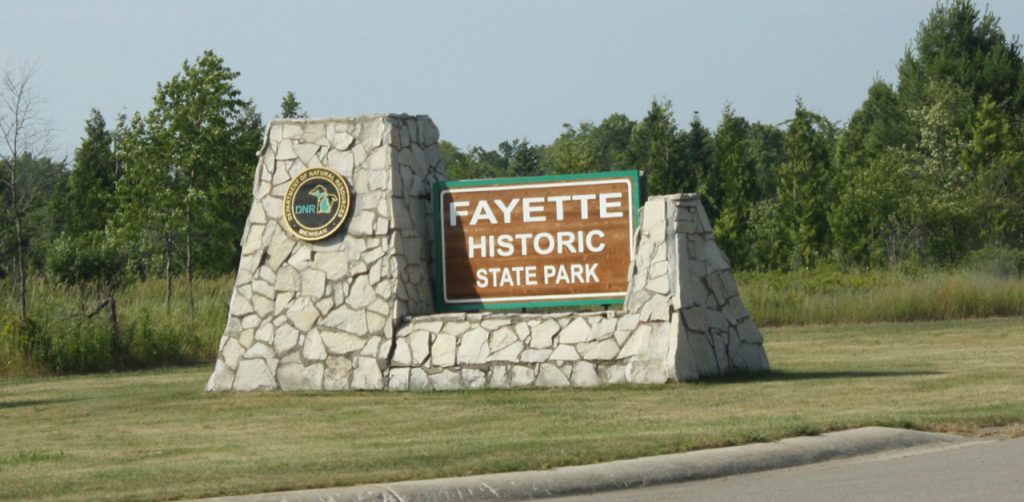The Catch: Fayette Historic State Park is home to some of the oldest trees in eastern North America
The trees were first discovered back in the 1990s by a group of scientists led by researcher Doug Larson, who learned that despite the modest size of the trees, they had been growing out of the cliffs for more than 1,000 years.

At Fayette Historic State Park in Michigan’s Upper Peninsula, limestone cliffs are home to some of the oldest trees in eastern North America.
During a work trip with some colleagues, MLive environment reporter Garrett Ellison recently stumbled upon the trees, some of which are believed to be 1,400 years old, he says.
The trees were first discovered back in the 1990s by a group of scientists led by researcher Doug Larson, who learned that despite the modest size of the trees, they had been growing out of the cliffs for more than 1,000 years.
“They’re an amazing natural feature of Michigan,” Ellison says.
Amazing as these trees are, they’re one of the region’s best-kept secrets. Ellison says part of the reason that they’re not more well-known is because they’re somewhat inaccessible. The limestone cliffs at Fayette Historic State Park are closed off to the public. But if you’re willing to work for it, you can still glimpse these ancient cliff dwellers by taking a boat or kayak out onto Lake Michigan.
Watch: Discover the ancient cedars at Fayette Historic State Park on the latest episode of “The Catch.”
This story is part of Great Lakes Now’s The Catch. The Catch is produced by Great Lakes Now, a Detroit Public Television initiative. Find more news about the lakes you love at greatlakesnow.org.
Trusted, accurate, up-to-date.
WDET strives to make our journalism accessible to everyone. As a public media institution, we maintain our journalistic integrity through independent support from readers like you. If you value WDET as your source of news, music and conversation, please make a gift today.
